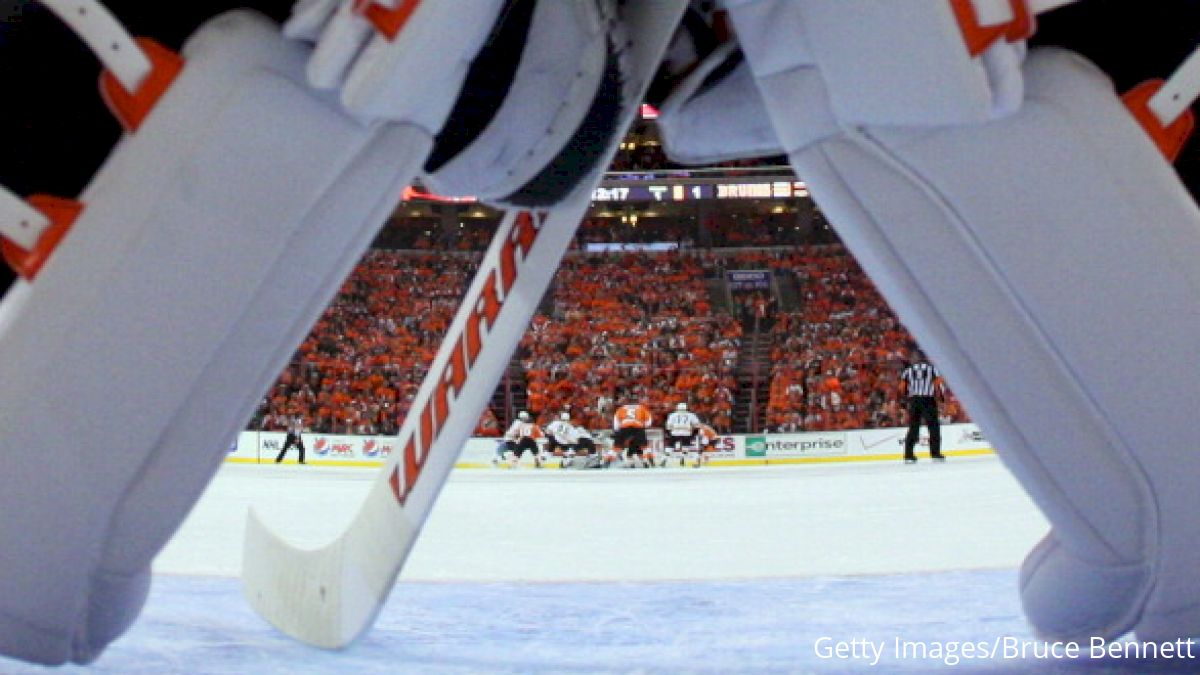An Overview Of The Different Positions In Ice Hockey
An Overview Of The Different Positions In Ice Hockey
In hockey, each team has six players on the ice at any given moment. The exception is when a team is out of bench players and one is in the penalty box.

In games of hockey, each team has six players on the ice at any given moment. The only exception is when a team is out of bench players and one of their six is in the penalty box.
These six people each occupy unique hockey positions that can be divided into three categories: forwards, defense and goalie.
Here's what you need to know about each ice hockey position:
The Forwards
The forwards are the front three people at any given moment. They're responsible for most offense, though they also play defensively, if the opposing team is encroaching. Each of the three forwards has their own name and responsibilities.
Center
The center, as the name implies, plays at the center of the ice. It is arguably the most challenging position, as the center controls most of the action on the ice. They're often the ones called to facilitate plays, challenge faceoffs and move the puck forward.
Most of the defense revolves around guarding and preventing the center from gaining momentum.
Centers are both playmakers and goal scorers. They're involved in most plays.
Left Wing And Right Wing
The other two forwards are the left and right wings, positioned at opposite ends of the ice.
The wings act as support and secondary goal-scoring options, and they also can help with plays to ease the pressure off the center. The wings are also responsible for acting as defensive walls, if the enemy team gains control of the puck.
These players often are recruited based on their dominant hand. Coaches often assign right-handed players to left wing, and vice versa, so they can better angle their shots.
Defense
Behind the three forwards are two defenders, each occupying one side of the ice.
The primary goal of the left and right defender is to defend against their opponents, though it's not uncommon for them to participate in the offense, too.
The left and right defenders mainly stick to their assigned side of the ice.
They are considered the supporters of the goaltender, and their goal is to stop the other team from ever reaching the goalie. The defenders work together to occupy the most space on the ice and regain possession of the puck when it falls into their opponents' grasp.
The Goalie
The goalie is the center's opposite, acting as the final wall before the net.
Goalies do everything they can to prevent the puck from getting into to their goal. Stopping shots is necessary, though they also must ensure that the puck doesn't get back to the enemy team during a rebound.
All of the positions in ice hockey, except for the goaltender, have a flexible role.
The goaltender does not leave his or her post or participate in any offensive moves. This position is considered one of the most difficult ice hockey positions because of the physical effort needed to maintain a solid defense.
Putting It All Together
A carefully-balanced hockey team creates the perfect ratio of offense to defense on the ice.
While some stars may stand out in any position, many of the most renowned players find specific parts of the ice in which they thrive.